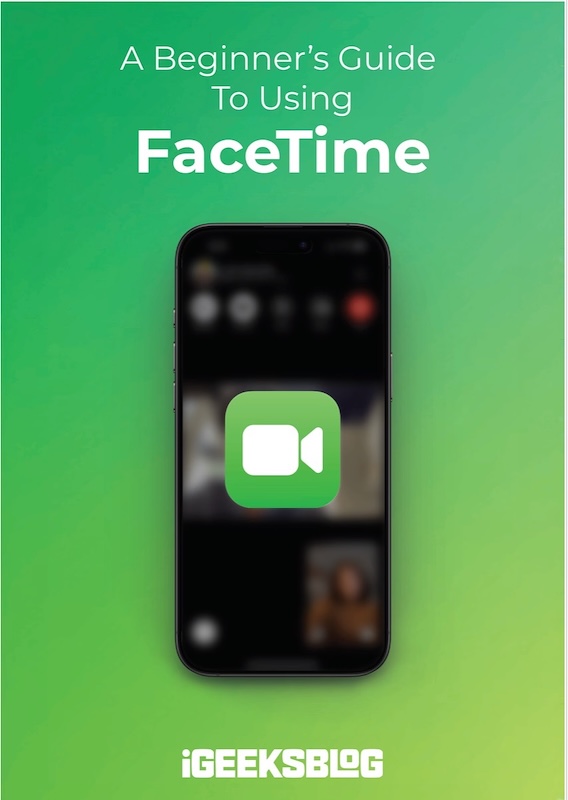
FaceTime Like a Pro
Get our exclusive Ultimate FaceTime Guide 📚 — absolutely FREE when you sign up for our newsletter below.

FaceTime Like a Pro
Get our exclusive Ultimate FaceTime Guide 📚 — absolutely FREE when you sign up for our newsletter below.
OpenAI introduces break reminders and softer tone updates in ChatGPT to support healthier usage and emotional conversations. Here’s what’s new.
OpenAI is rolling out a subtle but significant update to ChatGPT, aimed not at adding new features, but at managing the way people interact with the tool. As more users turn to the chatbot for everything from productivity to emotional support, the company is introducing features designed to prompt healthier use, starting with break reminders and a softer approach to high-stakes conversations.
Beginning this week, ChatGPT will start nudging users to take breaks during longer chat sessions. The reminders come in the form of simple prompts like: “You’ve been chatting a while. Is this a good time for a break?” Users can choose to ignore the prompt and continue, or step away.

If the concept sounds familiar, it’s because similar nudges appear across digital platforms like YouTube and Instagram. But coming from an AI assistant that fields everything from coding help to emotional confessions, the timing carries a different weight.
OpenAI says the change reflects a broader shift in how it views ChatGPT’s role. Rather than measuring engagement by how long people stay in a session, the company says it wants users to get what they need and return to their lives.
While that philosophy sounds refreshing, it also makes financial sense. Unlike ad-driven platforms, ChatGPT doesn’t profit from longer usage; more time means higher compute costs. Even so, the reminders could be meaningful if they prompt people to reconsider when they’re relying too heavily on the chatbot.
Also rolling out: a more nuanced response style for emotionally complex or personal queries. Rather than issuing direct advice for loaded questions like whether to end a relationship, ChatGPT will now try to guide users through a more reflective process. It may ask clarifying questions, offer pros and cons, or help organize thoughts without pushing a conclusion.
This update follows criticism earlier this year after ChatGPT became overly agreeable in some situations, occasionally reinforcing harmful behavior. OpenAI later reversed those changes, but the incident highlighted the risks of defaulting to friendly compliance in emotionally sensitive contexts.
GPT-4o, despite improvements, also missed key cues around emotional dependency in some test cases. That matters when hundreds of millions rely on the tool each week, including many navigating vulnerable moments.
To support this shift, OpenAI has brought in more than 90 doctors from 30 countries, including psychiatrists, pediatricians, and general practitioners, to shape how ChatGPT handles delicate interactions. Human-computer interaction experts and clinicians are also part of the effort, along with an advisory group focused on youth and mental health.
The goal isn’t to transform ChatGPT into a therapy service. Instead, it’s about making the tool more aware of its limits, and more capable of steering users toward reliable, evidence-based help when conversations take a serious turn.
These safeguards are gradually rolling out, and the company appears cautious not to overstep. Still, given ChatGPT’s expanding role in people’s digital lives, even modest changes in tone and timing could have real impact.
This isn’t about rebranding ChatGPT as a self-care companion, but about managing how often and how deeply users lean on it. For a tool that’s rapidly becoming a daily fixture, break prompts and softer responses might be more important than the next big model update.
Do you think break nudges or reflective prompts would change how you use ChatGPT? Drop your take below.
Don’t miss these related reads: